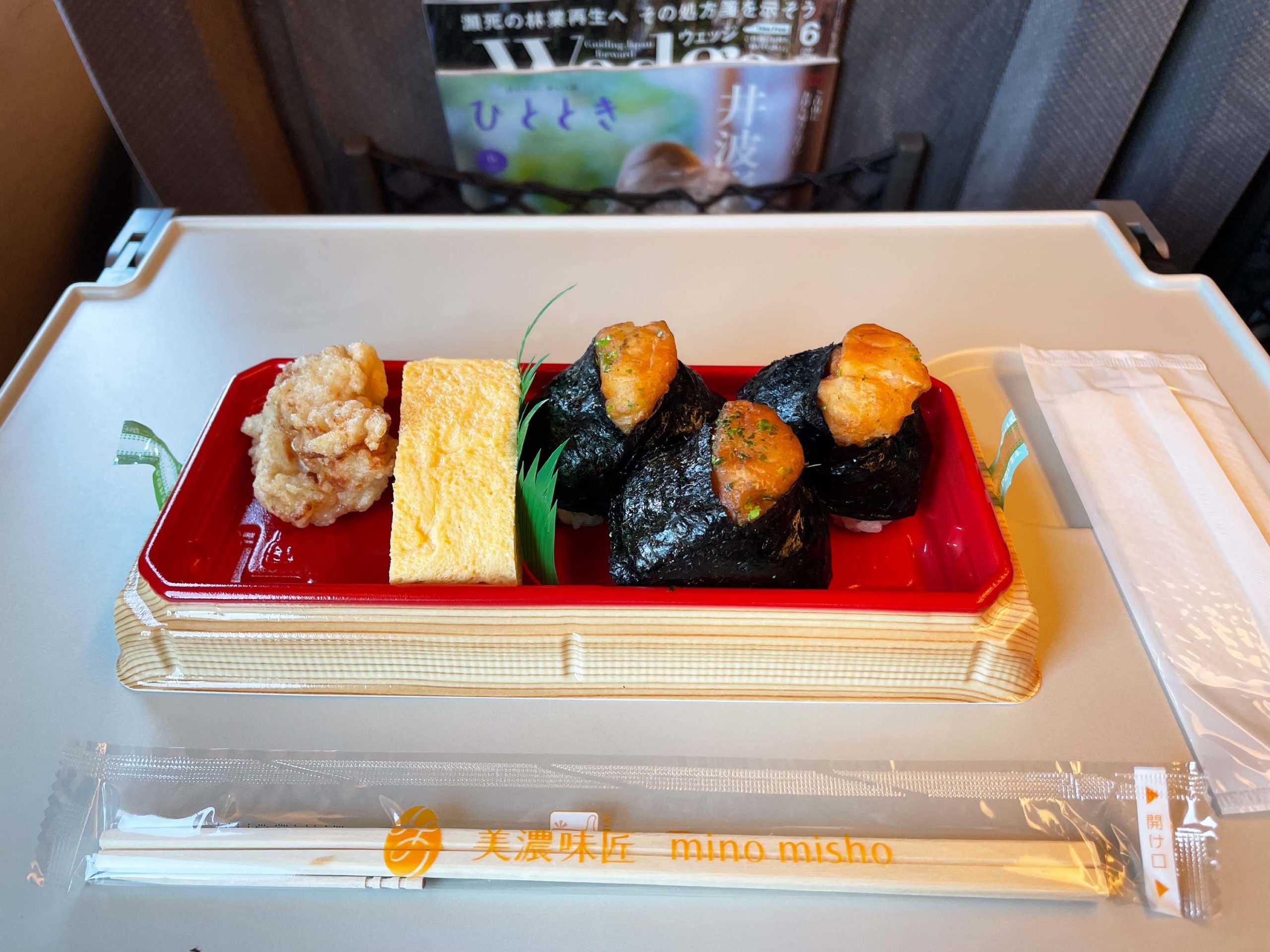Ah, Japan, the land of trains and railway travel. Between, the fast and frequent (and not to mention, very clean) trains what’s really my favourite thing about railway travel in Japan? That’s simple! In one word: Ekiben. But first, some background!
Japan Railways Railpass
Many foreign visitors to Japan opt to but the Japan Railways (JR) Railpass, which is a single prepaid ticket that allows for unlimited travel on JR-operated railway lines and select bus and ferry services. Whilst not necessarily useful for all travellers, I would recommend getting one if you will be travelling between cities a lot in Japan. After all, rail travel in Japan is relatively expensive, so getting this pass can prove to be cost-effective. You can calculate if you’re better off with a JR Railpass with this nifty calculator. Bear in mind, this ticket will have to be purchased in your home country (for a cheaper price) or at Narita Airport and select railway stations.
On this trip, I decided to buy a Green Car pass so that I’d get a bit more space and comfort since I intended to travel quite a bit. However, this wouldn’t necessarily be the case, as I’ll explain later below.
Green Car Service
In most reserved seating trains operated by Japan Railways (JR), a Green Car service is more often than not, provided. Virtually all non-commuter trains with Green Cars are reserved seating only, which guarantees you a seat on board. So what’s different about a Green Car seat?
Whilst legroom is identical to the Ordinary Car seats, the Green Car features a more spacious seating configuration. On most Shinkansen services (except on Kodama trains operated by the 500 Series trains), the Green Car features a configuration of 2-2. This configuration means you’d get wider seats than the 3-2 configuration found on most Shinkansen Ordinary Cars. In such a sense, the Green Car can be considered the First Class seat on the train.
However, that’s where the biggest difference ends. There aren’t really major selling points apart from the slight ‘exclusivity factor’ (which might not always be the case). For one, Green Car passengers do not get preferential treatment or services (e.g. meals or a lounge of any kind). For that, you’d have to splurge for the much pricier Gran Class service, only available to certain destinations.
Since there is only a single Green Car in most 10-car trainsets in the JR network, the Green Car can get rather crowded during peak travel seasons. When I visited in the summer, nearly all Green Car trains were fully booked, which meant there is little space to lounge around. Had I known this, I probably wouldn’t have gotten a Green Car ticket as I bought it to get a bit more space to begin with.
Ekiben
Now whilst the Green Car is Japan Railways’ First Class service, complimentary refreshments are not served – much like in the Ordinary Car. This is where the ekiben comes into play! The word ekiben is a compound of eki and bentou, which means station and packed meal, respectively. As you’d expect, ekiben are packed meals sold at train stations meant for consumption onboard. These meals can range from less than JPY500 for an ōnigiri bentou like the below to JPY3500 or more for something more extravagant like a grill eel box. Most meals range between JPY1000-2500, though, and can be purchased either in the station ticketing or retail area or even on the platform!
Fresh regional delights
What I especially love is how regional and seasonal these meals can be. These can range from simple dishes like a battered prawn onigiri (tenmusu) you’d likely find in Nagoya, to grilled mackerel sushi in Fukui Station. P.s. if you ever visit Fukui, the latter is exceptionally good. After all, grilled mackerel sashimi is a regional specialty of Fukui that’s loved nationwide! 🙂
But if you ask me ekiben usually conjures an image of a lunchbox, like the tonkatsu (meat cutlet) lunchbox I got from Tokyo Station. Served with a cold bottle of green tea and topped with umeboshi (pickled plum), it truly is a satisfying meal for the summer.
In certain towns, you’d also find fresh and regional selections, like this sea urchin and scallop bentou I got at Shin Hachinohe Station in Aomori Prefecture (before you ask me, I don’t exactly know why I went to Hachinohe).
But for me personally, the simplest yet most special ekiben would be this mentaiko (spiced pollock roe) and Kyushu-style pickled mustard greens from Hakata Station. Whilst very simple in terms of flavour, it really hits the spot after a long day. Yum!
I hope you can make your way here to try ekiben for yourself. Happy travels!


Leave a Reply